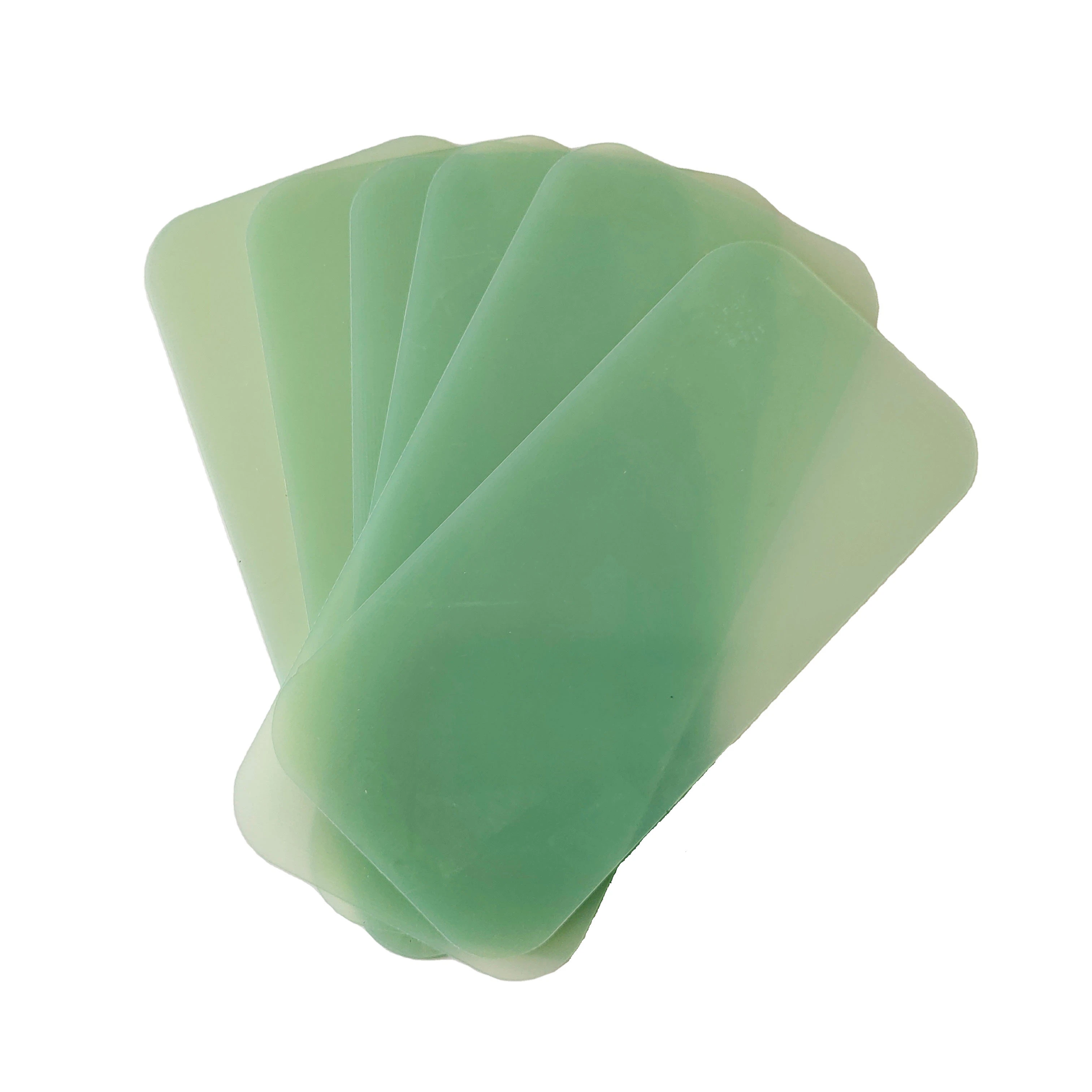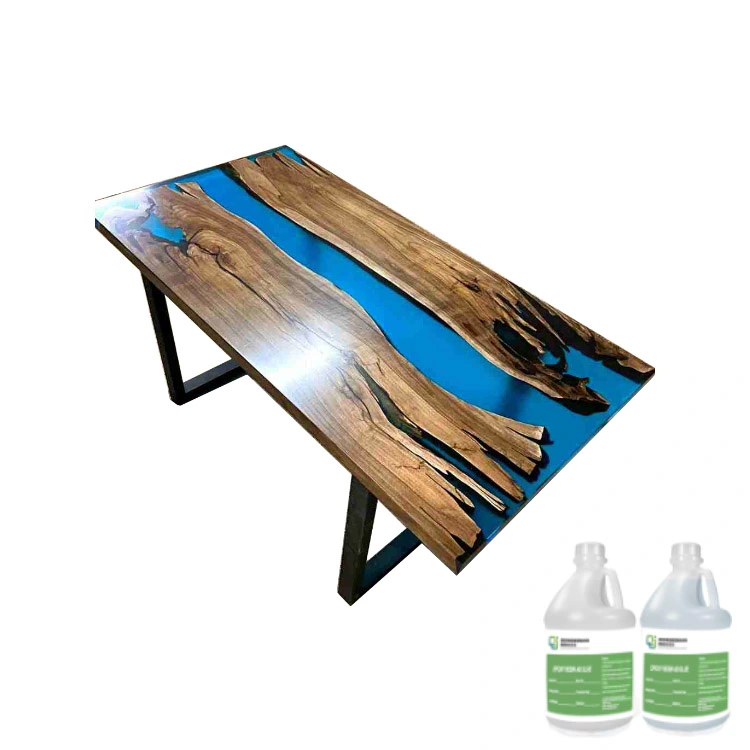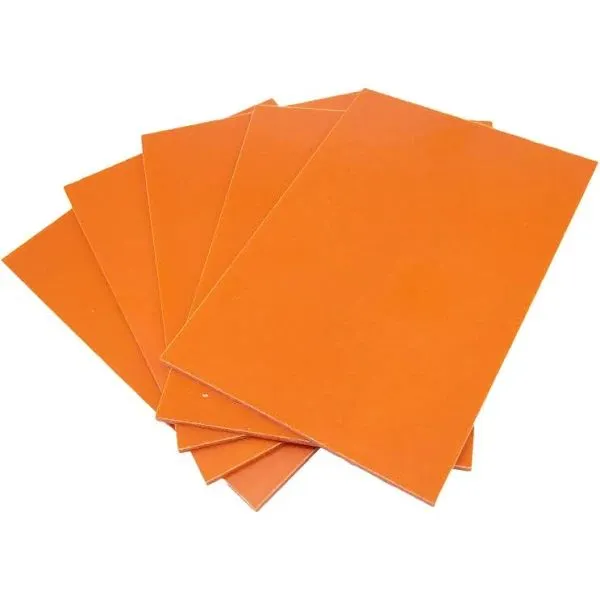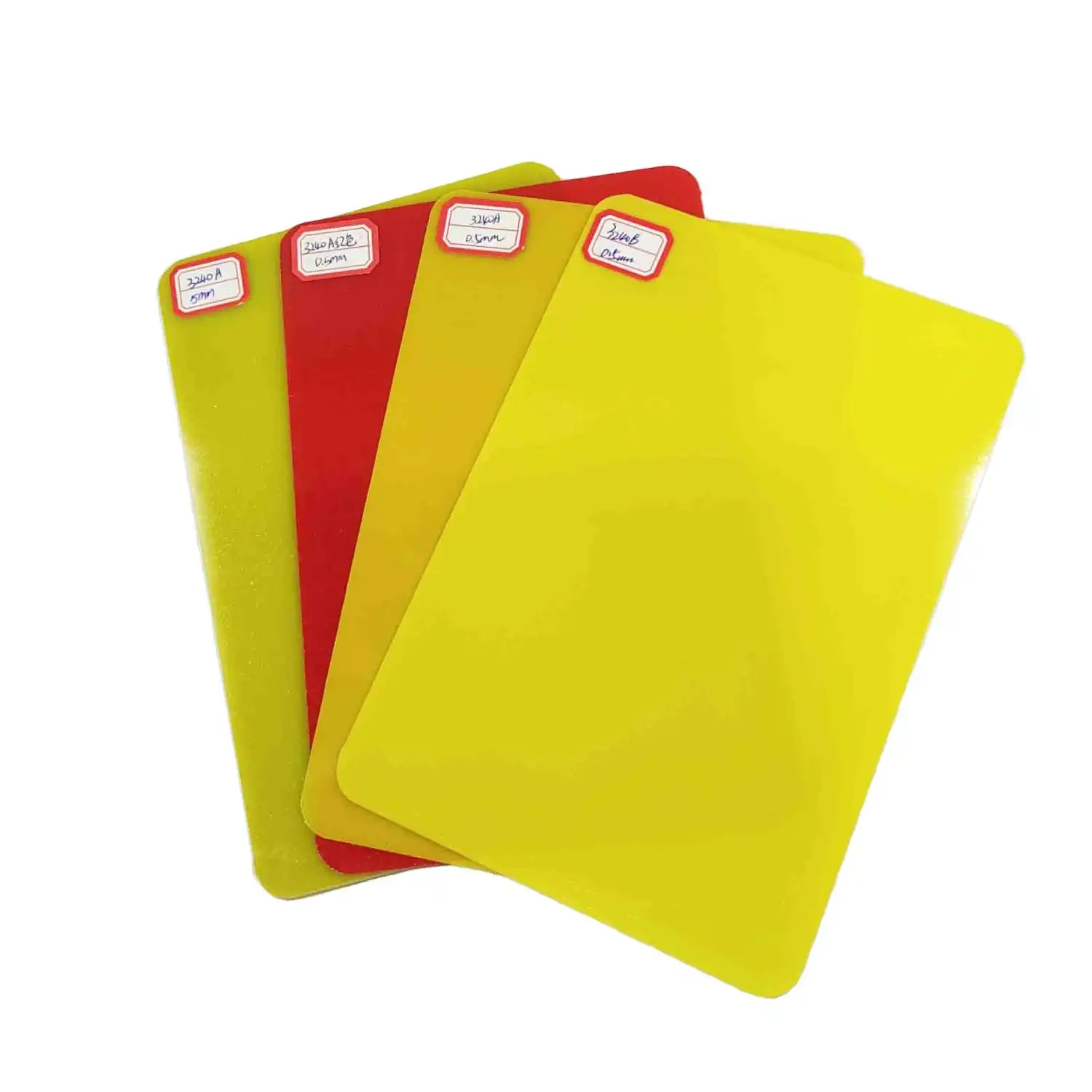What Are The Properties Of Fr4 Substrate?
2024-11-22 17:06:51
FR4 sheet substrate is a crucial component in the electronics industry, widely used for its exceptional properties and versatility. As a leading manufacturer of insulating sheets with over two decades of experience, we at J&Q have in-depth knowledge of FR4 substrate properties and applications. In this comprehensive guide, we'll explore the key characteristics that make FR4 sheet substrate an indispensable material in modern electronics.
Electrical Properties of FR4 Substrate
Dielectric Strength and Insulation
FR4 sheet substrate is renowned for its impressive dielectric strength, typically ranging from 20 to 80 kV/mm, providing exceptional electrical insulation. This high dielectric strength helps prevent current leakage, ensuring the reliable operation of electronic circuits. Additionally, FR4's low dielectric constant, usually between 4.0 and 4.5 at 1 MHz, plays a key role in high-frequency applications, minimizing signal loss, reducing crosstalk, and maintaining the overall performance of complex circuit designs.
Low Dissipation Factor
Another key electrical property of FR4 sheet substrate is its low dissipation factor, typically around 0.02 at 1 MHz. This characteristic significantly reduces energy loss as heat, improving the overall efficiency of electronic devices. The low dissipation factor is especially advantageous in high-speed digital circuits and radio frequency (RF) applications, where maintaining signal integrity and minimizing power loss are critical for optimal performance in advanced electronic systems.
Volume and Surface Resistivity
FR4 sheet substrate is known for its high volume and surface resistivity, which are key factors in its outstanding insulating properties. With volume resistivity often exceeding 10^9 ohm-cm and surface resistivity reaching over 10^6 ohms, FR4 sheet effectively prevents current leakage through the material. These properties help ensure the reliability and longevity of electronic components, providing stable performance in a wide range of applications where electrical isolation is essential for optimal functioning.
Mechanical Properties of FR4 Substrate
Tensile Strength and Flexural Modulus
FR4 sheet substrate exhibits remarkable mechanical strength, with a tensile strength typically ranging from 250 to 550 MPa. This durability enables the material to endure mechanical stresses during both manufacturing and in-service operations. Additionally, the flexural modulus of FR4, usually between 17 and 24 GPa, ensures the necessary rigidity to maintain structural integrity. These mechanical properties make FR4 ideal for use in complex electronic assemblies, where both strength and stability are crucial for long-term performance.
Dimensional Stability
One of the most valuable mechanical properties of FR4 sheet substrate is its exceptional dimensional stability. The material exhibits low thermal expansion coefficients, typically around 14-17 ppm/°C in the X and Y directions and 50-70 ppm/°C in the Z direction. This stability ensures that the substrate maintains its shape and size across a wide temperature range, crucial for maintaining precise component placement and preventing warpage in multi-layer printed circuit boards (PCBs).
Machinability and Workability
FR4 sheet substrate is highly regarded for its excellent machinability, making it ideal for drilling, cutting, and shaping during PCB fabrication. Its consistent density and uniform composition allow for precise machining, enabling the creation of intricate designs with tight tolerances. Moreover, FR4’s strong adhesion properties ensure secure bonding with copper foils and between layers in multi-layer PCBs, enhancing the overall reliability and durability of the final product, even in complex, high-density circuit applications.

Thermal and Environmental Properties of FR4 Substrate
Flame Retardancy
As its name suggests, FR4 sheet substrate is designed with built-in flame-retardant properties, ensuring it meets UL94 V-0 standards. This means that in the event of ignition, the material will self-extinguish within 10 seconds and will not produce any flaming drips, reducing fire hazards. This important safety feature makes FR4 ideal for use in applications where fire resistance is critical, such as consumer electronics, automotive systems, medical devices, and aerospace components, providing enhanced protection in sensitive environments.
Thermal Conductivity and Heat Resistance
While FR4 sheet substrate is not specifically engineered for heat dissipation, it offers moderate thermal conductivity, typically around 0.25-0.3 W/mK. This helps in distributing heat across the PCB, preventing localized overheating. For high-power applications, however, additional thermal management solutions may be required. Additionally, FR4 sheet demonstrates good heat resistance, with a glass transition temperature (Tg) ranging between 130°C and 180°C, depending on the formulation, ensuring stability and reliability even under elevated temperatures in various electronic environments.
Moisture Absorption and Chemical Resistance
FR4 sheet substrate is highly resistant to moisture, absorbing less than 0.5% by weight under standard atmospheric conditions. This low moisture absorption ensures that the material maintains its electrical and mechanical integrity, even in environments with fluctuating humidity levels. Furthermore, FR4 demonstrates strong resistance to a variety of chemicals, solvents, and oils, which enhances its durability and makes it suitable for use in harsh operating environments, such as industrial, automotive, and medical applications where long-term reliability is essential.
Conclusion
The properties of FR4 sheet substrate make it an exceptional material for a wide range of electronic applications. Its balanced combination of electrical insulation, mechanical strength, thermal stability, and environmental resistance has established FR4 as the industry standard for PCB fabrication. As technology advances, understanding these properties becomes increasingly crucial for engineers and manufacturers seeking to optimize their electronic designs and products.
Contact Us
For more information about FR4 sheet substrate and our range of insulating sheets, please don't hesitate to contact us. Our team of experts is ready to assist you in selecting the right materials for your specific applications. Contact us today at info@jhd-material.com to learn more about our FR4 sheet substrate solutions and how they can benefit your projects.
References
1. Johnson, R. W., & Tong, J. (2019). Advances in FR4 Substrate Technology for High-Speed Digital Applications. Journal of Electronic Materials, 48(7), 4215-4229.
2. Zhang, L., & Chen, X. (2020). Thermal Management Strategies for FR4-based Printed Circuit Boards. IEEE Transactions on Components, Packaging and Manufacturing Technology, 10(3), 456-468.
3 .Smith, A. B., & Brown, C. D. (2018). Comparative Analysis of FR4 and High-Frequency Laminates for RF Applications. Microwave Journal, 61(5), 84-92.
4. Lee, Y. H., & Park, S. J. (2021). Environmental Stability of FR4 Substrates under Extreme Conditions. Journal of Materials Science: Materials in Electronics, 32(9), 11876-11889.
5. Wang, F., & Liu, G. (2017). Mechanical Properties and Failure Mechanisms of FR4 Laminates: A Comprehensive Review. Composite Structures, 182, 580-596.
6. Nguyen, T. H., & Kim, J. S. (2022). Recent Developments in FR4 Substrate Formulations for Enhanced Electrical Performance. IEEE Electrical Insulation Magazine, 38(2), 7-15.







